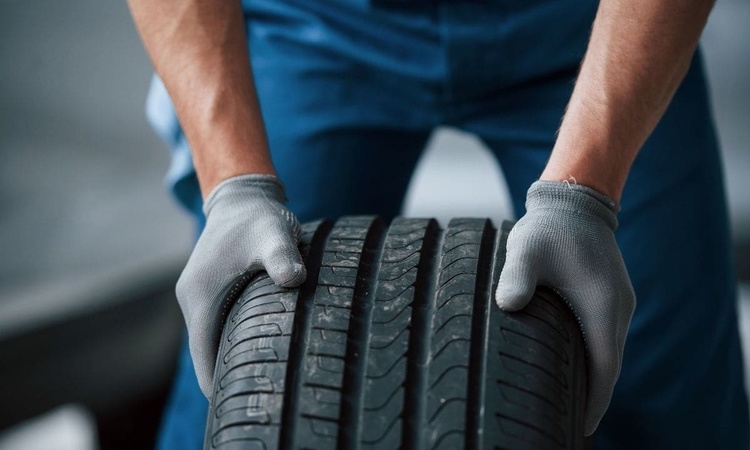How to Measure Fitment for Universal Vehicle Entry Steps
Measuring fitment for a universal vehicle entry step helps you choose an accessory that improves mobility and safety while fitting your vehicle’s door and frame. This short guide outlines the key dimensions and checks to perform before purchase or installation, focusing on compatibility, materials, and maintenance.

Determining correct fitment for a universal vehicle entry step starts with careful measurement and an understanding of how the accessory will interface with your vehicle. A well-measured footstep reduces installation errors, improves traction and safety for passengers, and helps ensure durability over time. Before ordering an entry step, gather basic tools: tape measure, calipers or straight edges, a digital camera for reference, and the vehicle’s specifications for door hinge and sill geometry. Accurate notes about clearance, mounting points, and door swing will inform compatibility decisions and simplify installation.
How does fitment affect accessory compatibility?
Fitment determines whether a universal accessory can be adapted to a particular vehicle without modification. Compatibility is influenced by mounting point locations, available clearance under the door, and the vehicle’s frame geometry. When measuring, note the distance between the door hinge and the lower sill, the vertical drop from the sill to the ground, and any obstructions such as brackets or wiring. Also check whether the step’s mounting brackets match existing threaded holes or require clamp-style attachments. Accurate compatibility checks reduce the risk of stress on attachment points and ensure the footstep performs safely.
What measurements are needed for footstep positioning?
Key measurements for positioning a footstep include horizontal distance from the door hinge to the intended mounting point, the vertical height from the sill to the ground, and the maximum width available for the step to deploy. Measure door swing radius to ensure the step won’t interfere during opening and closing. Record the gap between the door edge and any adjacent panels to avoid pinching. If the step folds, include the folded thickness in measurements to confirm it stores cleanly without rubbing. Photograph each measurement location as a cross-check when ordering.
How to assess entry, traction, and safety?
Assessing entry safety requires evaluating the step surface, traction features, and clearances. Look for textured patterns or rubber inserts that improve traction when wet or muddy. Confirm the step sits level relative to the door sill so users can step on and off safely. Check load ratings for the accessory to make sure it handles expected user weight and any additional load such as cargo. Consider whether the step’s position affects side-airbag zones or crush zones. Proper fitment protects passengers and preserves the vehicle’s engineered safety systems.
What installation steps and tools are typical?
Typical installation begins with dry-fitting the accessory to verify measurements and alignment. Most universal steps include adjustable brackets to bridge varying mounting geometries; these are tightened after confirming fit. Common tools include torque wrenches, ratchets, stainless steel fasteners, and thread-lock where appropriate. If drilling is required, mark and pilot-drill carefully using the vehicle’s recommended clearance and rust prevention practices. Follow manufacturer torque specs to avoid under- or over-tightening, and recheck all fasteners after a short test drive to ensure no loosening has occurred.
How to evaluate materials, durability, and maintenance?
Material choices affect longevity and maintenance needs. Aluminum components are lightweight and resist corrosion but may need anodizing or paint for extra protection in salty climates. Rubber or polymer pads improve traction and reduce noise; they should be replaceable since wear is expected with heavy use. Inspect welds and fasteners for galvanic compatibility to avoid accelerated corrosion. Maintenance includes periodic cleaning to remove grit, checking rubber inserts for cracking, and re-torquing hardware. Choosing materials aligned with your environment extends both traction and overall durability.
Are folding and mobility features compatible with my vehicle?
Folding steps add convenience but require careful fitment checks for clearance and hinge placement. Measure the available storage space when the step is folded and ensure it does not contact suspension components or exhaust areas. Mobility features such as adjustable heights or pivoting brackets should be tested for smooth operation and adequate ground clearance in both deployed and stowed positions. Consider how mobility enhancements interact with vehicle accessories like running boards or side skirts to avoid interference and preserve full function of all components.
In summary, measuring fitment for a universal vehicle entry step is a methodical process that balances accessibility, safety, and durability. Accurate measurements of mounting points, clearances, and door swing, along with attention to material choices and traction features, will lead to better compatibility and fewer installation surprises. Careful preparation, proper tools, and routine maintenance ensure the accessory remains a reliable aid to entry and exit for years to come.






